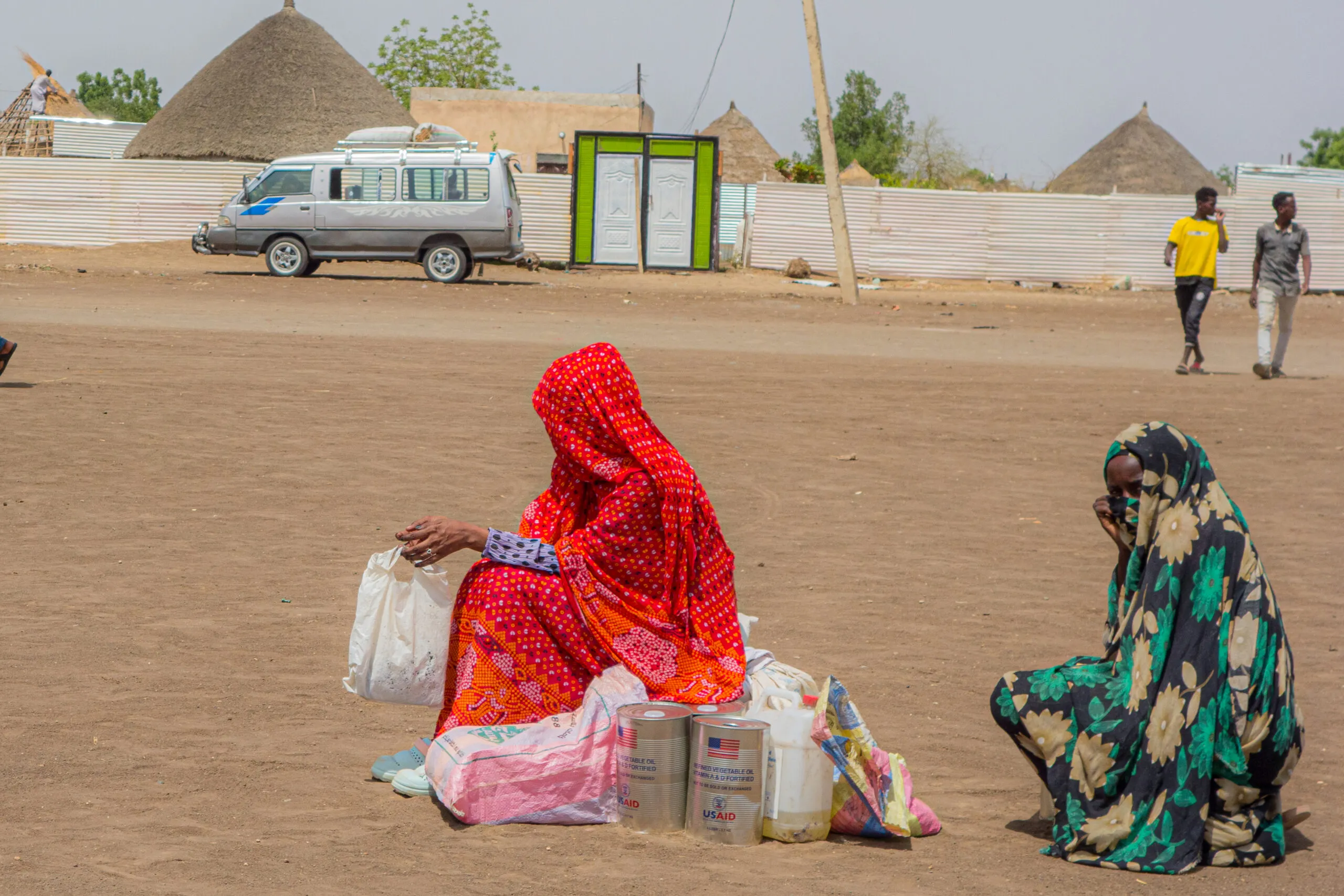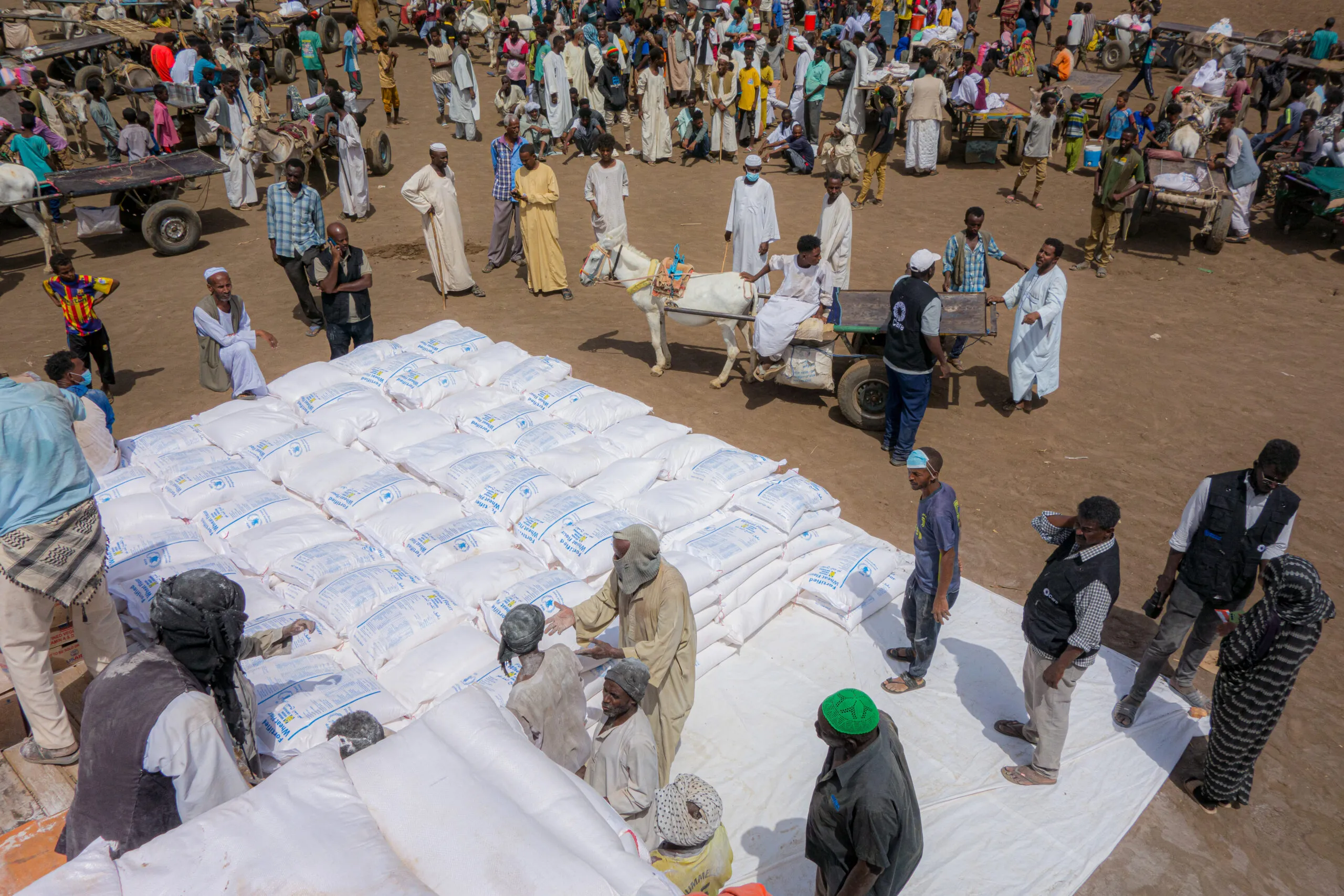The situation is dire for the 755,000 people in 10 states, including parts of Kordofan, Blue Nile, Al Jazirah, and Khartoum, and the entire Darfur region, who are suffering from hunger.
The recent escalation of violence in Sinnar and Sinjah has resulted in an influx of displaced people into neighboring regions such as Gadarif, New Halfa, and Kassala. Many of those arriving have been displaced multiple times since the conflict began in April 2023.
“We’re also calling for the parties to the conflict in Sudan to go back to the negotiation table and bring this conflict to a stop,” Abdirahman Ali went on.
“This is the only way to assure the safety of the people who are living in Sudan, and also guarantee an unlimited and unhindered access to humanitarian actors working in all areas in Sudan.”
Just in the past few weeks, CARE in Sudan and its partners have been intensifying efforts to support the newly displaced, with over 6,000 IDPs in Kassala receiving emergency food rations, including sorghum, cooking oil, salt, and lentils.
In East Darfur, CARE’s recent push has reached 1,303 children with food rations. However, the needs remain vast, and life-saving food assistance is crucial to prevent what could become the largest famine in decades.





